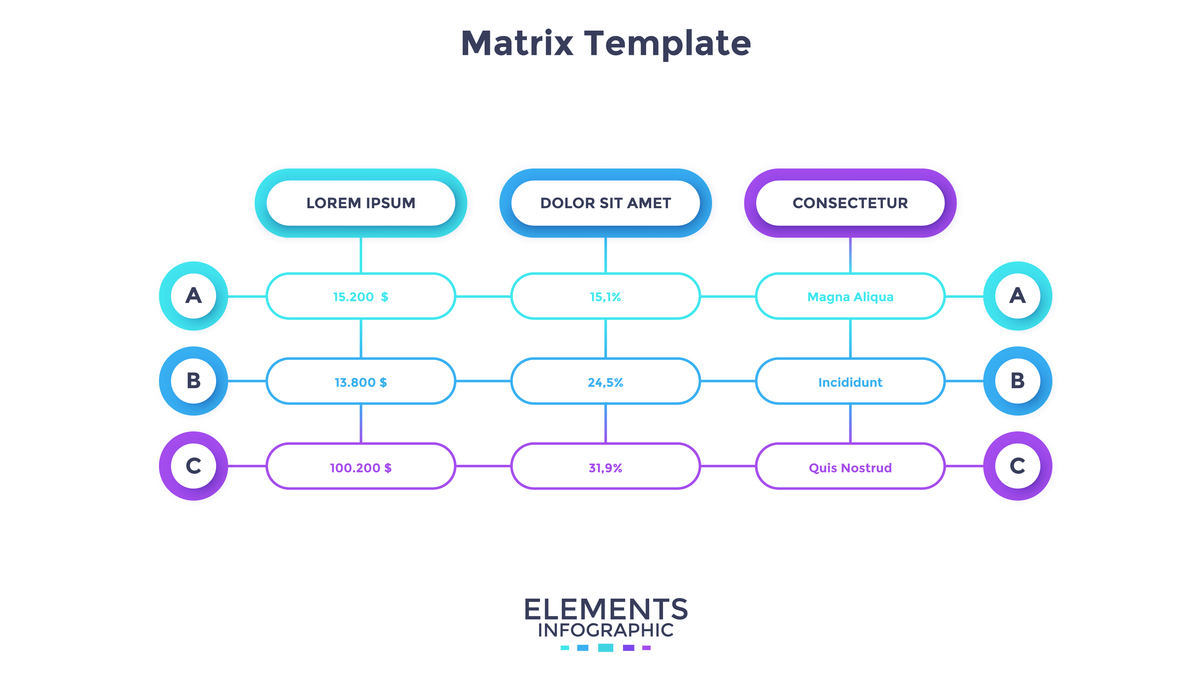Java MVC Pattern: Design, Implementation, and Benefits
Abstract
With the growing complexity of modern software applications, adopting software design patterns that enhance code maintainability, scalability, and reusability becomes crucial. The Model-View-Controller (MVC) pattern has gained popularity in recent years due to its ability to separate an application's concerns into distinct layers. This paper provides a comprehensive overview of the MVC pattern and its implementation within the Java programming language. It delves into the advantages of utilizing MVC and demonstrates its application in developing scalable, maintainable, and reusable applications.
Introduction
The Model-View-Controller (MVC) pattern is a software design pattern that elegantly separates an application's concerns into three distinct layers: the model, the view, and the controller.
- Model: Houses the application's business logic and data. It is responsible for maintaining data integrity and providing methods to access and modify data.
- View: Responsible for displaying the data to the user. It handles user interface components and responds to user input.
- Controller: Manages the interaction between the model and the view. It processes user input, updates the model, and updates the view accordingly.
The MVC pattern has gained widespread adoption due to its ability to ensure code maintainability, scalability, and reusability.
MVC in Java
Java provides native support for MVC through its Swing framework. The Swing framework offers a comprehensive set of user interface components and a robust event-handling mechanism.
This paper explores the implementation of MVC in Java using the Swing framework, demonstrating how it can be utilized to develop scalable, maintainable, and reusable applications.
Implementation
Implementing MVC in Java involves using the Swing framework to create separate classes for the model, view, and controller that interact through well-defined interfaces.
- Model: Implemented as a Java class that encapsulates the application's data and business logic.
- View: Implemented as a Java class containing the user interface components of the application. It is responsible for displaying data to the user and responding to user input.
- Controller: Implemented as a Java class that manages the communication between the model and the view. It handles user input, updates the model, and updates the view.
Benefits of Using MVC in Java
Utilizing MVC in Java offers numerous advantages, including:
- Maintainability: MVC separates the concerns of an application into distinct layers, simplifying code maintenance and modification.
- Scalability: MVC provides a flexible architecture that can be easily scaled to accommodate changes in the application.
- Reusability: MVC promotes code reuse by separating the concerns of an application into reusable components.
Conclusion
The Model-View-Controller (MVC) pattern is a powerful software design pattern that effectively separates the concerns of an application into distinct layers. Java, through its Swing framework, provides native support for MVC. By adopting MVC, developers can ensure their code is scalable, maintainable, and reusable, simplifying the development of complex software applications.

原文地址: https://www.cveoy.top/t/topic/oFU3 著作权归作者所有。请勿转载和采集!